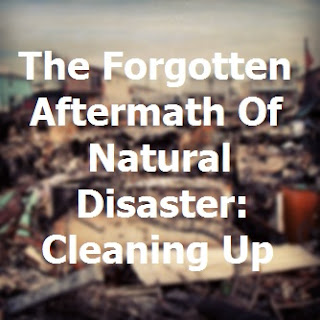Read the full article on Social Media Today
When looking at a digital campaign for any website, unique visits, time spent on page and the bounce rate can be incredibly revealing statistics. With a low bounce rate and the others being high, that means you're doing incredibly well, but in my professional experience this rarely happens right off the bat. Due to poorly written meta descriptions, keywords and content on page a visitor might think they're coming to your site for the wrong kind of information, hence the bounce. So how do you remedy the situation?
"It's no secret that for companies with an online presence, bigger is better when it comes to digital campaigns. Sometimes, however, the results are not necessarily what the company expects or wants. What do you do at this point? Cry a little? Pull your hair out? No, you do some homegrown research to find what the problems may be and you learn how to fix them.
The best options for determining a campaign's success is by tracking your analytics and conversion rates through your final landing page. By interacting with users online, through social media, blogs, or any other community, you are establishing a relationship that needs to benefit their needs and concerns. Managing a successful campaign is all about understanding your targeted audience and finding the best ways to appeal to them. Get active in finding the best approaches to maintaining customer retention by understanding what pages and information yield the most positive results." --> continued
Read the full article on Social Media Today












